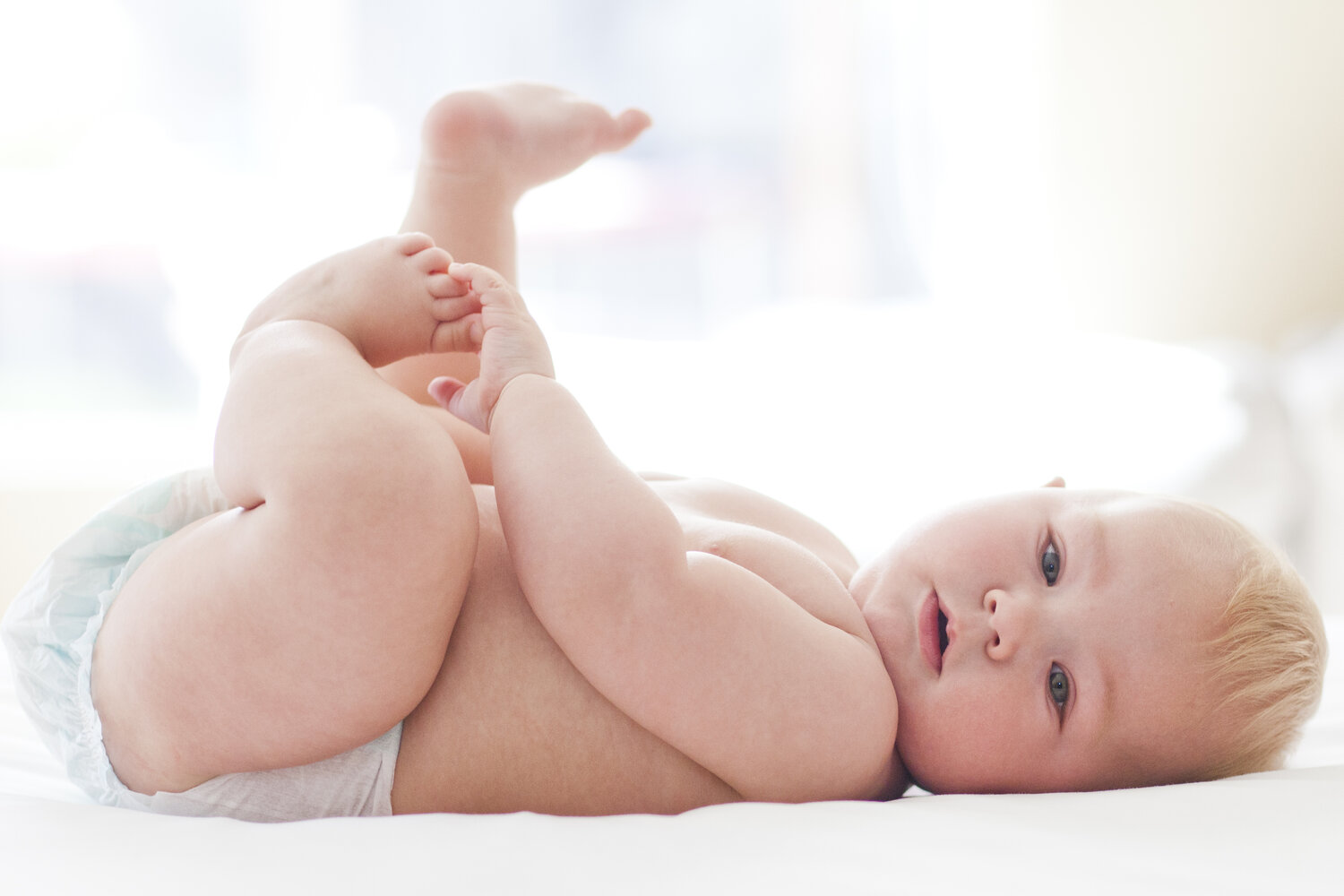
A good night's sleep is important for babies and moms and dads alike. Unfortunately, lots of moms and dads find themselves having a hard time to get their kids to sleep through the night (toddler sleep). Sleep training can be an excellent way to help babies end up being independent sleepers and give parents the much-needed rest they deserve. There are many tested methods out there to help you get going with sleep training your baby, and this short article will offer an introduction of some of the most effective ones. You'll discover how to produce a sleep-friendly environment, set a constant bedtime routine, and utilize positive support to motivate your infant to sleep through the night. With a little commitment and consistency, you can assist your child become a better sleeper and provide yourself the rest you require.
Benefits of Sleep Training
Initially, sleep training can assist you avoid the dreadful "sleep regression". Numerous moms and dads report that their baby's sleep all of a sudden deviates for the worse around the age of 6 months. While it's regular for an infant's sleep to change a bit at this stage (baby sleep), a regression can be exceptionally frustrating and interrupt your entire family's sleep. Sleep training can assist prepare your child for this shift and nip any regression in the bud. Another great advantage of sleep training (pediatric sleep) is that it can help you avoid "co-sleeping". This isn't a concern for lots of families, however if you have concerns about your infant being safe while sleeping in the exact same bed as you-- or vice versa-- sleep training is an excellent way to avoid co-sleeping. Sleep training can also assist you prevent a possibly bad habit that might lead to sleep issues in the future. If your baby becomes reliant on being rocked or nursed to sleep, it can be very hard to break the routine when she or he is old enough to stroll. Sleep training can help you prevent this.
Preparing a Sleep-Friendly Environment
Before you even start to attempt and carry out a sleep training technique, it is necessary to make sure your infant's sleep environment is as sleep-friendly as it can be. This includes things like the temperature level in your kid's space, the level of noise, and the kinds of textures that are present in his or her crib. Temperature - Infants' bodies are much hotter than ours, and their ideal sleep temperature is a bit higher than ours, too. The best method to learn what your baby's perfect temperature is is to test it out. If your infant's space is too hot or too cold, it's going to be difficult for them to drop off to sleep. Sound - Infants are infamous for being light sleepers, and something as simple as a ticking clock can seriously disrupt your youngster's sleep. If you want to make sure your child is getting the best possible rest, make sure the room is as quiet as possible. Textures - The textures of your infant's crib and other sleep products (such as blankets and stuffed animals) can have a big influence on your kid's sleep. If you wish to ensure you're doing all you can to promote restful sleep, avoid using materials that are too rough or scratchy.
<